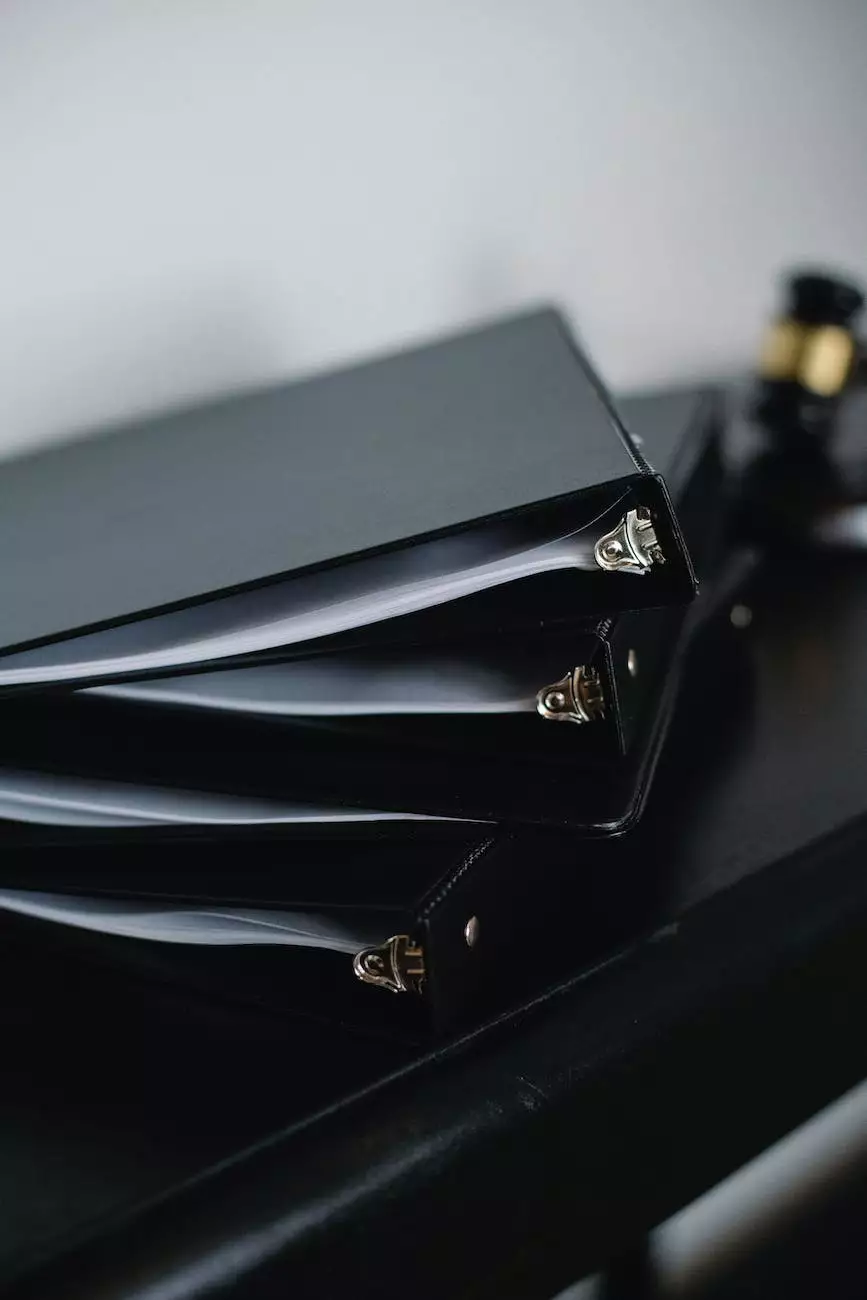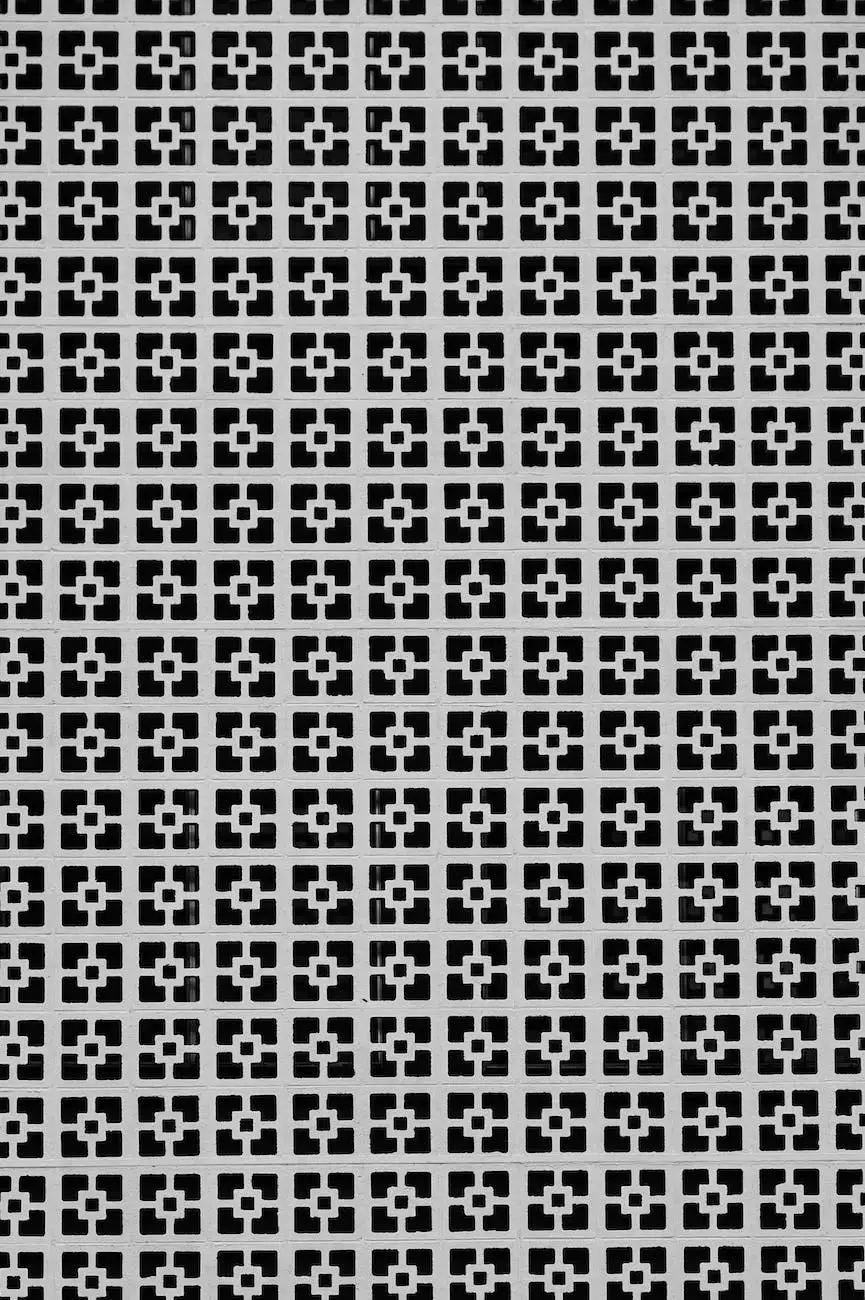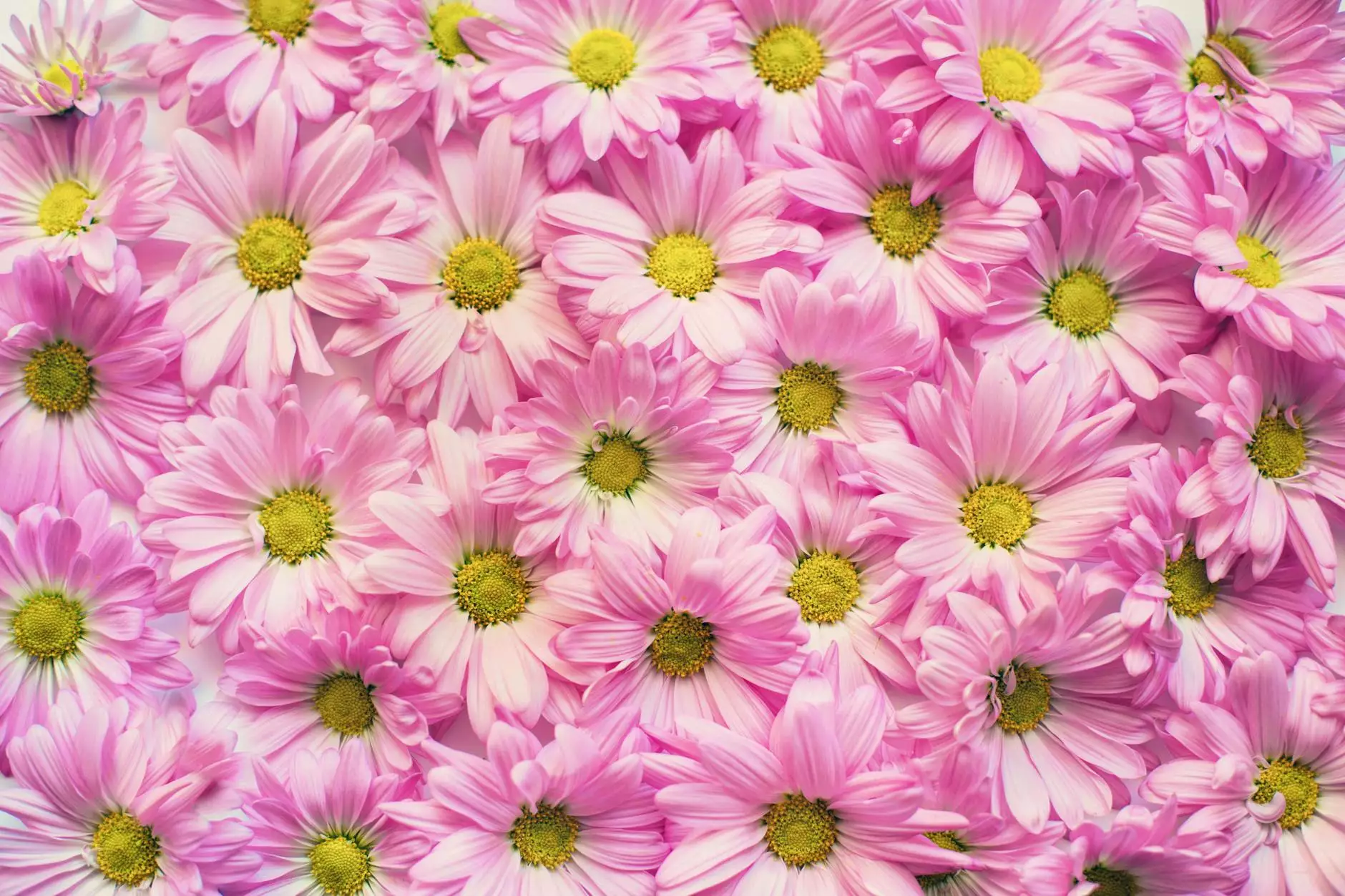Unleashing the Differences between HEIC vs JPEG Files
Blog
Introduction
Welcome to Jpixels Website Design, your reliable source of information and expert guidance in the world of arts and entertainment, particularly in visual arts and design. In this in-depth article, we will delve into the intricacies and disparities between HEIC and JPEG file formats. Join us on this journey as we explore their unique characteristics, strengths, and weaknesses, providing you with valuable insights to make informed decisions for your creative projects.
Understanding the HEIC Format
High Efficiency Image Format (HEIC) has gained momentum among visual artists and designers as a modern and efficient image file format. Introduced by Apple, it offers several advantages over traditional formats like JPEG. HEIC boasts superior compression techniques, resulting in smaller file sizes while maintaining high-quality image representation.
One of the noteworthy features of HEIC is the ability to store multiple images (HEIF: High Efficiency Image Format) within a single container file, allowing you to save space and organize your visual content effectively. Additionally, HEIC supports a wide color gamut and more extensive bit-depth, ensuring vibrant and accurate colors for your artistic creations.
Exploring the JPEG Format
Joint Photographic Experts Group (JPEG) is a time-tested and widely adopted file format renowned for its compatibility and versatility. As a lossy compression format, JPEG strikes a balance between image quality and file size. With its widespread usage across various devices and platforms, JPEG remains a popular choice among professionals and enthusiasts in the visual arts and design industry.
While JPEG may not match HEIC in terms of compression efficiency or advanced features, it offers seamless compatibility with numerous software applications and rendering engines. This enables easy sharing, editing, and manipulation of JPEG files without compromising visual quality extensively.
Comparing Compression Efficiency and Image Quality
HEIC, being a modern file format, utilizes advanced compression algorithms that provide superior efficiency while minimizing the loss of image quality. By leveraging techniques such as High-Efficiency Video Coding (HEVC), HEIC files achieve significantly smaller file sizes compared to JPEG. This efficiency is particularly advantageous when dealing with large image collections or limited storage capacities.
On the other hand, JPEG's compression technique prioritizes maintaining image quality while achieving reasonably small file sizes. Although it may not match HEIC's efficiency, JPEG performs admirably in scenarios where compatibility and accessibility are critical factors. The format's widespread usage ensures seamless integration with various software tools, web browsers, and devices.
Color Representation and Bit-depth
HEIC supports a wider color gamut along with a more extensive bit-depth, resulting in enhanced color accuracy and fidelity in images. The format's ability to reproduce vibrant shades and subtle tonal variations lends itself well to digital art, photography, and visual design.
JPEG, with its limited color representation and bit-depth, may exhibit slight color shifts or compression artifacts, especially when subjected to multiple editing cycles. However, with appropriate color management systems and careful handling, JPEG files can still produce stunning visuals suitable for a wide range of applications.
Usage Scenarios and Compatibility
HEIC files find great utility in Apple's ecosystem, including devices running iOS, macOS, and other Apple software. The format seamlessly integrates with native Apple applications, providing users with a cohesive and streamlined experience. However, compatibility issues may arise when sharing HEIC files with non-Apple devices or older software versions.
In contrast, JPEG enjoys universal compatibility across operating systems, web browsers, and software applications, making it a versatile format for sharing and distributing visual content. Its widespread support ensures hassle-free usage and accessibility in diverse environments, regardless of the platform or device being used.
Conclusion
In summary, understanding the distinctions between HEIC and JPEG file formats helps visual artists and designers make informed decisions while considering various factors such as compression efficiency, image quality, color representation, and compatibility. While HEIC shines with its advanced compression techniques, wider color gamut, and extensive bit-depth, JPEG's widespread adoption and compatibility make it a reliable choice for seamless sharing and editing.
At Jpixels Website Design, we strive to provide you with valuable insights and expert guidance to enhance your creative endeavors. Stay tuned for more articles and resources on arts, entertainment, and the visual arts and design industry!




